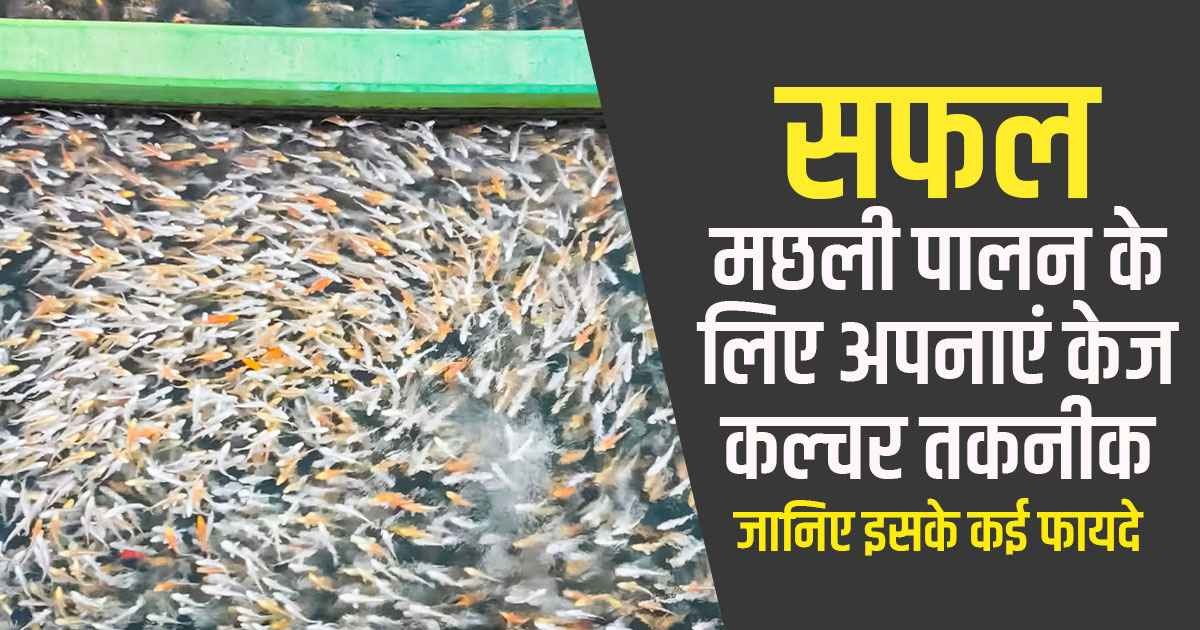
To promote fish farming, Cage Culture technology has been introduced in the Munger district of Bihar. This technology enables faster fish growth compared to traditional pond or lake farming. For the first time, fish production using Cage Culture technology is being initiated in Munger, Bihar.
Cage Culture technology, floating cage units are constructed in reservoirs. Each unit consists of four enclosures, with each enclosure measuring approximately 6 meters in length, 4 meters in width, and 4 meters in depth. The enclosures, made of plastic, are surrounded by strong nets. Fish are raised in these floating net enclosures. Small-sized fish are released into the nets and fed daily. Within 5-6 months, these fish grow to weigh between one to one and a quarter kilograms.
Fish grow at a much faster rate in cages compared to traditional methods.
Fish remain healthy and safe in cages, with a lower risk of disease since they have minimal contact with external fish, reducing the risk of infection.
Farmers can harvest fish according to their needs and market demand, leaving the rest in the cage until needed.
This method is cost-effective and yields higher profits in a shorter time. Each cage can hold approximately 6,000 fingerling-sized fish and produce 45 to 50 quintals of fish per cage.
Empowering Fish Farmers: Cage Culture technology is being implemented for the first time for fish production in the Munger district of Bihar. Around 17 cage culture units have been installed in Kharagpur Lake. Considering time and cost efficiency, this technology is beneficial for fish farmers. To empower fish farmers and make them self-reliant, fish farmer Chandan Kumar has set up a unit at a cost of ₹51 lakh under the State Government's Reservoir Fishery Development Scheme.